25 pages • 50 minutes read
William WordsworthOde: Intimations of Immortality from Recollections of Early Childhood
Fiction | Poem | Adult | Published in 1807A modern alternative to SparkNotes and CliffsNotes, SuperSummary offers high-quality Study Guides with detailed chapter summaries and analysis of major themes, characters, and more.
Background
Literary Context
The ode, a favorite genre in Romantic poetry, originated in ancient literature, especially in the work of the Greek poet Pindar (circa 552-442 B.C.E.) and the Roman poet Horace (65-8 B.C.E.). Pindaric odes were ceremonious celebrations of public figures—especially victorious athletes. They had a complex, seemingly irregular, structure of lines and stanzas, loosely followed in Wordsworth’s “Ode.” Horatian odes had a more uniform structure and typically more personal and contemplative subject matter. Both traditions influenced the writing of odes in the English language, including those written by Romantic poets. Romantic odes vary in structure and themes, but some of the most famous among them have several features in common with Wordsworth’s “Ode”: emphasis on the beauty and power of nature, both as a general force and in its particular forms; drawing inspiration from nature for serious thoughts on a subject of great personal significance, accompanied by emotions of heightened intensity; and reaching an insight that alleviates the original concern or anxiety that triggered the contemplation. These poems combine vivid description and passionate meditation to powerful effect. (For two more examples of the Romantic ode, see Further Resources.)
Related Titles
By William Wordsworth

A Complaint
William Wordsworth

A Slumber Did My Spirit Seal
William Wordsworth

Composed upon Westminster Bridge, September 3, 1802
William Wordsworth
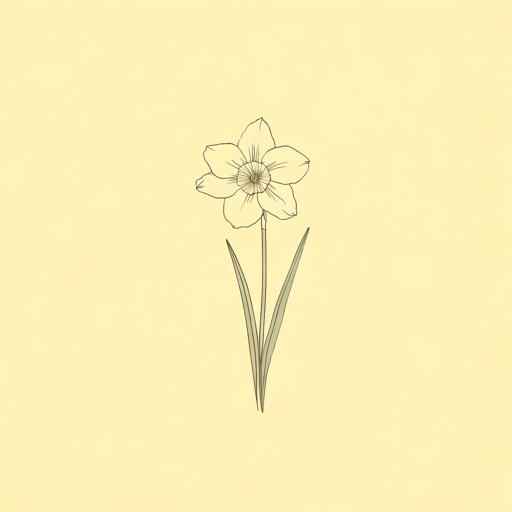
Daffodils
William Wordsworth
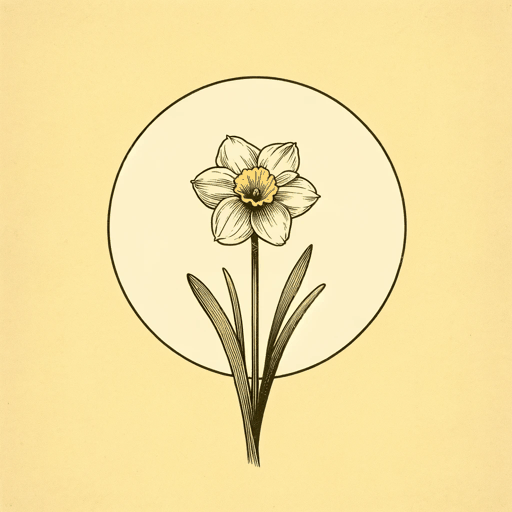
I Wandered Lonely as a Cloud
William Wordsworth
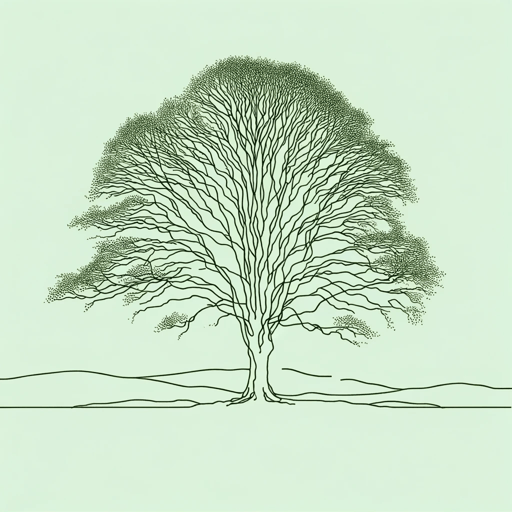
Lines Composed a Few Miles above Tintern Abbey ...
William Wordsworth

London, 1802
William Wordsworth

Lyrical Ballads
William Wordsworth

My Heart Leaps Up
William Wordsworth

Preface to Lyrical Ballads
William Wordsworth
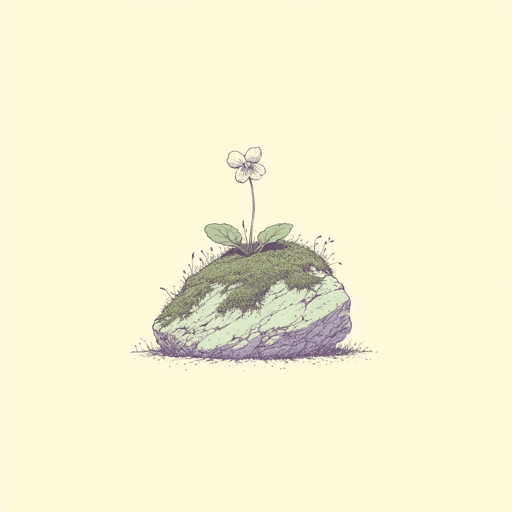
She Dwelt Among The Untrodden Ways
William Wordsworth
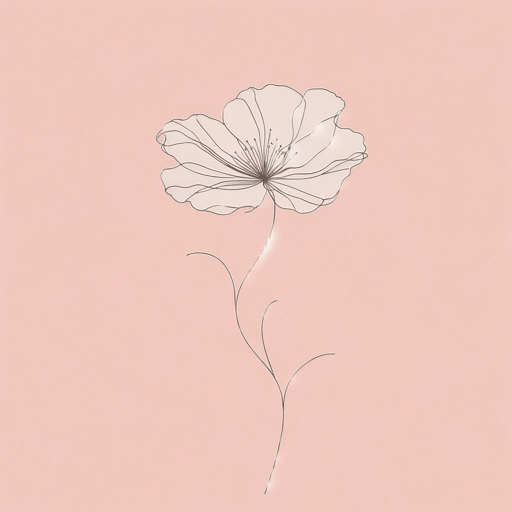
She Was a Phantom of Delight
William Wordsworth

The Prelude
William Wordsworth
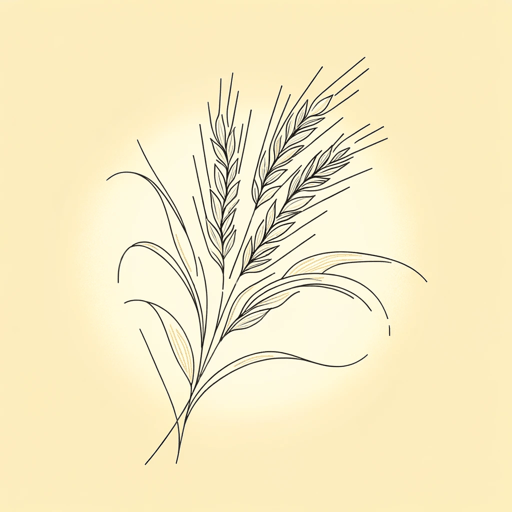
The Solitary Reaper
William Wordsworth

The World Is Too Much with Us
William Wordsworth

To the Skylark
William Wordsworth

We Are Seven
William Wordsworth

